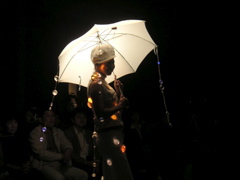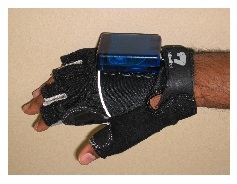Sony BMG installing rootkits when you play a CD
So what marketing genius over at Sony BMG decided that rootkitting the PC of anyone who plays their CDs is a good way to attract customers?
Every time I think the recording industry is going to get a clue, they just go further off the deep end. Next thing you know they’ll be secretly bugging our bathrooms to keep us from illegally singing “their” songs in the shower…
Update 11/2/05: Declan McCullagh over at Politech asks an interesting question: Does this rootkit constitute a “technological measure that effectively controls access to a [copyrighted] work?” If so, would removing the rootkit from your own system constitute a violation of the DMCA?
Sony BMG installing rootkits when you play a CD Read More »

